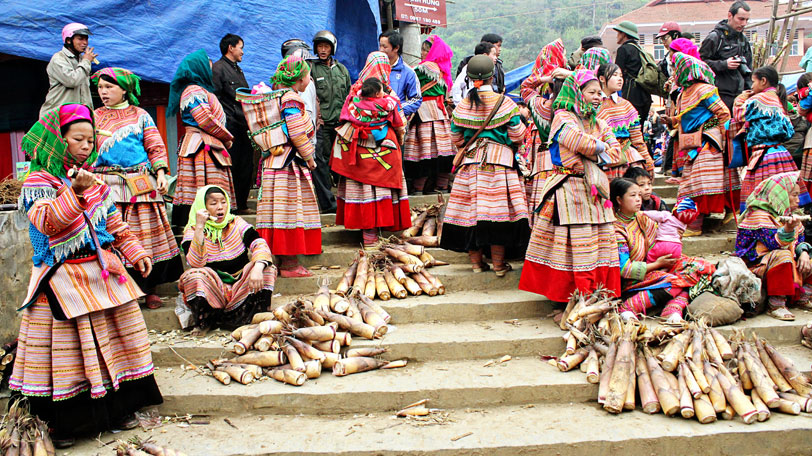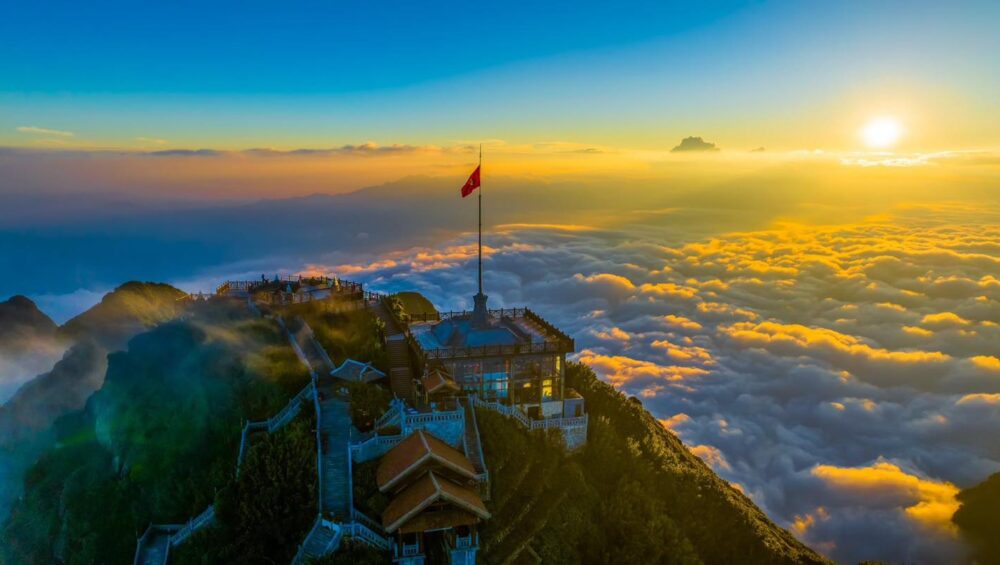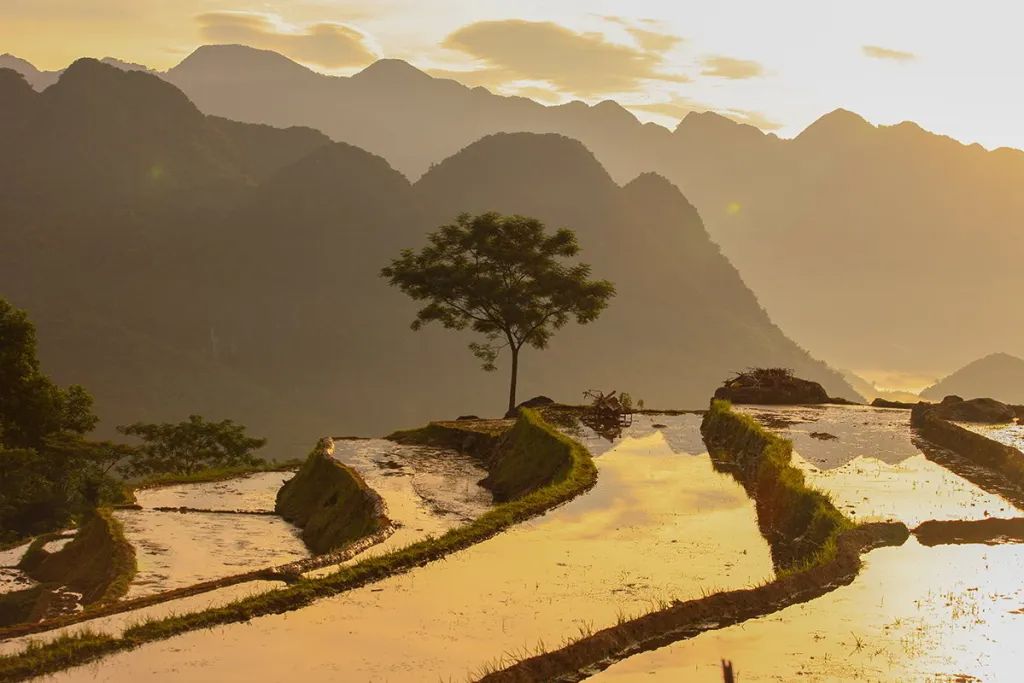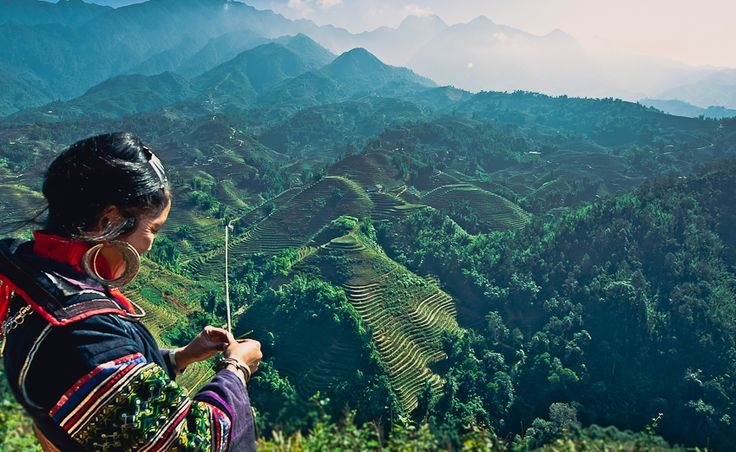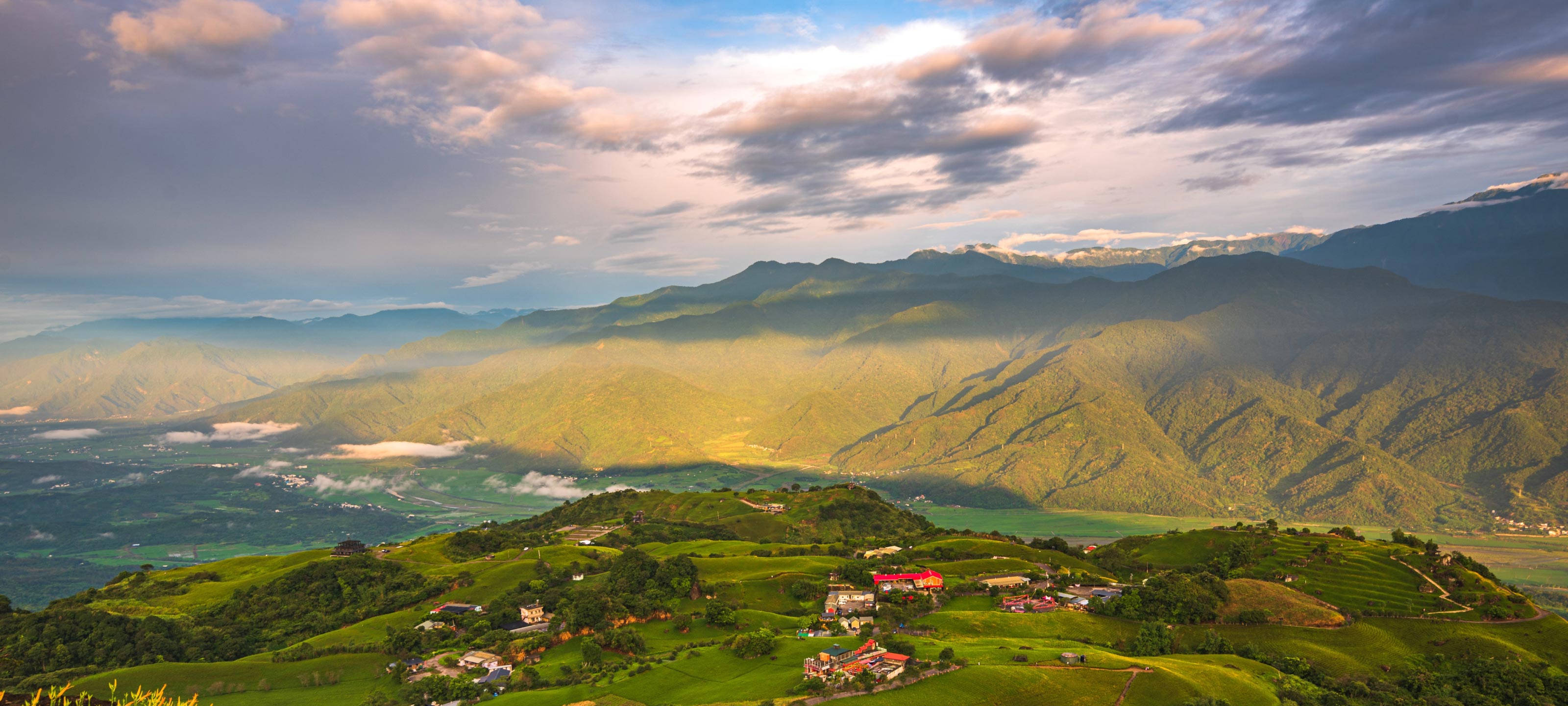The H'mong are the most populous ethnic group in Sa Pa, accounting for about 53% of the population. In the past, they were very good at growing wet rice, living along the Yangtze River (China). In a conflict with the Han people, most of them migrated to the South and divided into many small groups. The first H'mong people to come to Sapa were mainly concentrated in the Hoang Lien range about 300 years ago.
The H'mong are the most populous ethnic group in Sa Pa, accounting for about 53% of the population. In the past, they were very good at growing wet rice, living along the Yangtze River (China). In a conflict with the Han people, most of them migrated to the South and divided into many small groups. The first H'mong people to come to Sapa were mainly concentrated in the Hoang Lien range about 300 years ago.
Living in rugged mountains, lacking fertile land, but with their experience in growing wet rice from ancient times, the H'mong people have leveled the mountainsides and hillsides into unique terraced fields, which can grow two rice crops or two corn crops each year. Visitors who have the opportunity to go to Sa Pa in the fall, when the rice is ripe, will be extremely surprised to see countless terraced fields from low to high, golden yellow winding along the mountainside. It can be said that this is one of the most beautiful landscapes in the Northwest highlands. A few decades ago, the H'Mong people had the habit of burning forests, clearing wastelands to make fields and living as nomads. But now this habit has ended and the State has given forests and land for self-management and living, Sa Pa forests have also revived, the fields are large, fertile and green.
Experience the farming of the local H'mong people
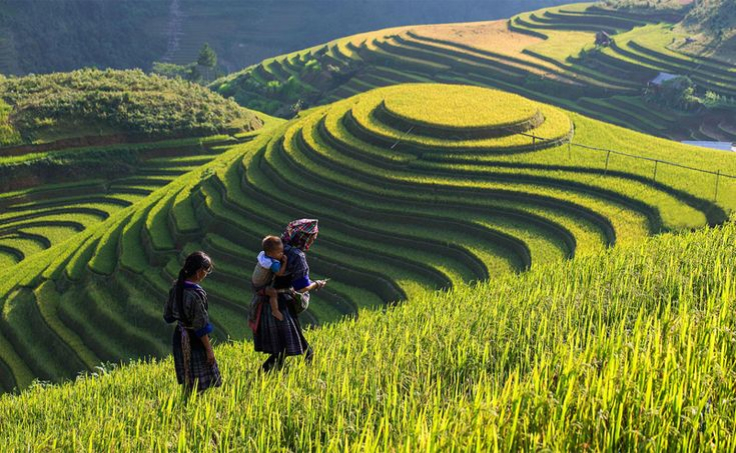
(Source: Collected)
The H'Mong people living mainly in Sa Pa are the Black H'Mong because their clothes are all black but their costumes are completely different from the Black H'Mong people in other places, so they are often called the SaPa H'Mong people. people. Men often wear the same black or blue-black (indigo) pants, short-sleeved shirts with sleeveless vest-like jackets with flaps that extend past the buttocks. On their heads they wear a tiny, round, shallow hat that hugs the top of the head like a Pope's hat, some are jet black, some are bordered with a brocade embroidery circle. The boys' hats are also sewn with colored cloth strips or dangling coins. The women also wear black clothes, and on their heads they also wear a black scarf, the brim is straight like a scroll of paper, high above the head. Outside is a sleeveless jacket, the flaps are almost knee-length like a man's. This jacket is rolled and pressed with beeswax, so it has a silvery black color. To preserve it, people often wear it with the white side out. Most notably, the H'Mong women in Sa Pa wear knee-length shorts instead of skirts. They skillfully wrap their leggings around their calves with a narrow cloth strip.
Among the traditional festivals of the H'Mong, the Gau Tao festival held on January 12 is the most special. The festival is often held in large fields or hills with the wish to pray to the gods for peace and prosperity.
Black Hmong’s linen weaving
During the festival, there are also competitions in archery, crossbow shooting, flute dancing, martial arts dancing, and horse racing, which are very fun.
In Sapa, the most populous H’mong villages are Cat Cat – San Sa Ho, 2 km from SaPa town, Sa Pa, Lao Chai, Seo Mi Ty, and Ta Giang Phinh. Coming there, visitors can directly see their daily life, enjoy thang co, chicken blood pudding, corn wine, frog cooked with bamboo shoots, corn cake and unique fermented bean curd…

